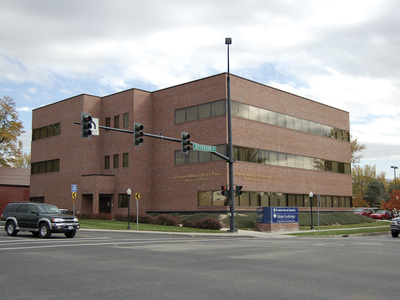Transcatheter Mitral Valve Repair (TMVR)
This minimally invasive procedure replaces a damaged mitral valve with a manufactured one, offering an alternative to open-heart surgery.

A Second Chance at Heart Health
The mitral valve controls blood flow between the upper and lower left chambers of your heart. When it narrows or leaks, your heart has to work harder to pump blood to the rest of your body. This can lead to increased pressure in the heart, irregular heart rhythms, or even heart failure.
If you're experiencing mitral valve issues and are considered high-risk for open-heart surgery, transcatheter mitral valve replacement (TMVR) may be a good option. Your doctors will evaluate your age, overall health, and any pre-existing conditions to determine the best treatment approach.
Frequently Asked Questions
Clinics Offering TMVR
Clinic
St. Luke's Clinic - Idaho Cardiology Associates: Boise
Clinic
Mon - Fri: 8 a.m. - 5 p.m.

Featured Areas of Expertise
Structural Heart Disease